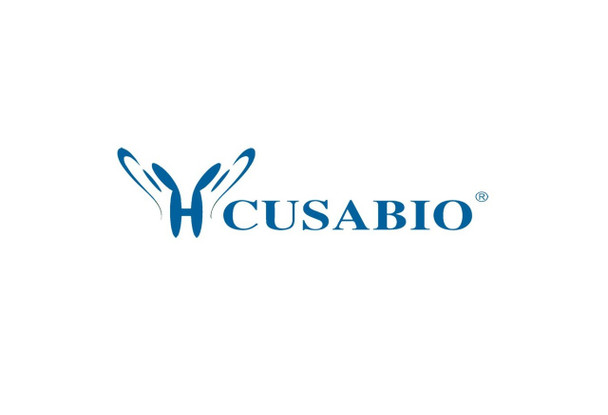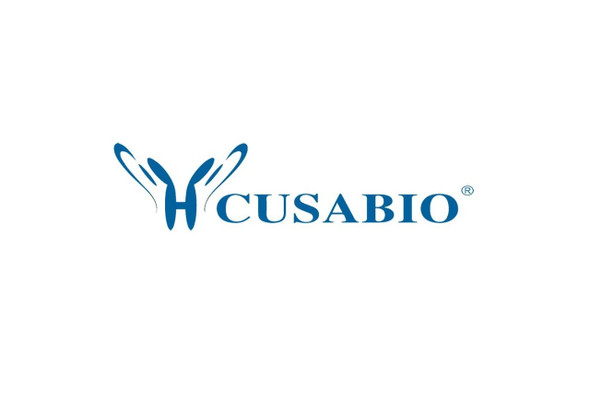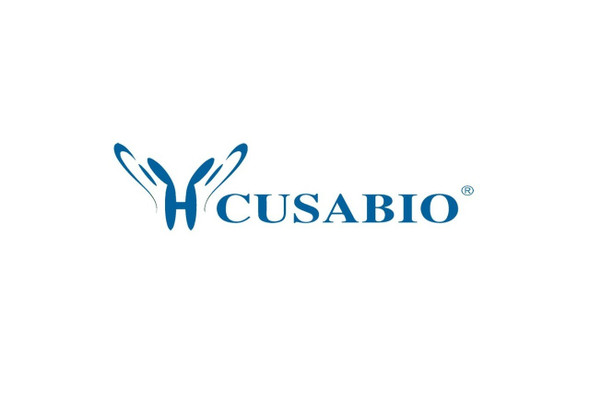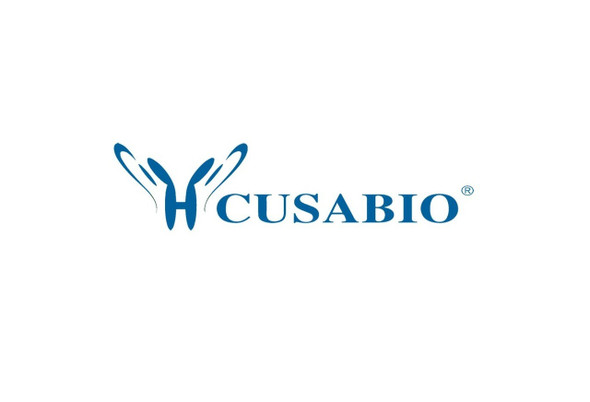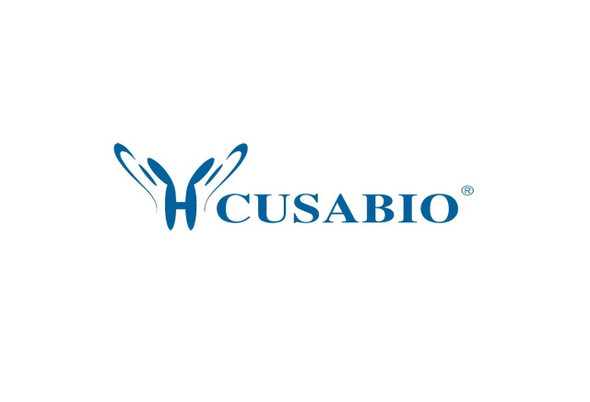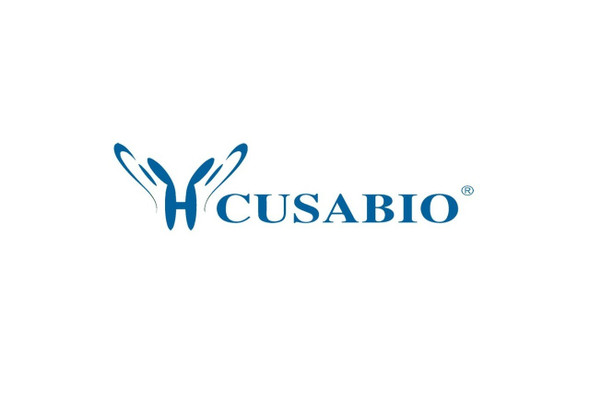Cusabio Human Recombinants
Recombinant Human DNA repair protein complementing XP-G cells (ERCC5), partial | CSB-EP007773HU
- SKU:
- CSB-EP007773HU
- Availability:
- 13 - 23 Working Days
Description
Recombinant Human DNA repair protein complementing XP-G cells (ERCC5), partial | CSB-EP007773HU | Cusabio
Alternative Name(s): DNA excision repair protein ERCC-5 Xeroderma pigmentosum group G-complementing protein
Gene Names: ERCC5
Research Areas: Epigenetics and Nuclear Signaling
Organism: Homo sapiens (Human)
AA Sequence: SFLWGKPDLDKIREFCQRYFGWNRTKTDESLFPVLKQLDAQQTQLRIDSFFRLAQQEKEDAKRIKSQRLNRAVTCMLRKEKEAAASEIEAVSVAMEKEFELLDKAKGKTQKRGITNTLEESSSLKRKRLSDSKGKNTCGGFLGETCLSESSDGSSSEDAESSSLMNVQRRTAAKEPKTSASDSQNSVKEAPVKNGGATTSSSSDSDDDGGKEKMVLVTARSVFGKKRRKLRRARGRKRKT
Source: E.coli
Tag Info: N-terminal 6xHis-tagged
Expression Region: 947-1186aa
Sequence Info: Partial
MW: 30.8 kDa
Purity: Greater than 90% as determined by SDS-PAGE.
Relevance: Single-stranded structure-specific DNA endonuclease involved in DNA excision repair. Makes the 3'incision in DNA nucleotide excision repair (NER). Acts as a cofactor for a DNA glycosylase that removes oxidized pyrimidines from DNA. May also be involved in transcription-coupled repair of this kind of damage, in transcription by RNA polymerase II, and perhaps in other processes too.
Reference: "Complementation of the DNA repair defect in Xeroderma pigmentosum group G cells by a human cDNA related to yeast RAD2."Scherly D., Nouspikel T., Corlet J., Ucla C., Bairoch A., Clarkson S.G.Nature 363:182-185(1993)
Storage: The shelf life is related to many factors, storage state, buffer ingredients, storage temperature and the stability of the protein itself. Generally, the shelf life of liquid form is 6 months at -20?/-80?. The shelf life of lyophilized form is 12 months at -20?/-80?.
Notes: Repeated freezing and thawing is not recommended. Store working aliquots at 4? for up to one week.
Function: Single-stranded structure-specific DNA endonuclease involved in DNA excision repair. Makes the 3'incision in DNA nucleotide excision repair (NER). Acts as a cofactor for a DNA glycosylase that removes oxidized pyrimidines from DNA. May also be involved in transcription-coupled repair of this kind of damage, in transcription by RNA polymerase II, and perhaps in other processes too.
Involvement in disease: Xeroderma pigmentosum complementation group G (XP-G); Cerebro-oculo-facio-skeletal syndrome 3 (COFS3)
Subcellular Location: Nucleus
Protein Families: XPG/RAD2 endonuclease family, XPG subfamily
Tissue Specificity:
Paythway: DNArepairpathway
Form: Liquid or Lyophilized powder
Buffer: If the delivery form is liquid, the default storage buffer is Tris/PBS-based buffer, 5%-50% glycerol. If the delivery form is lyophilized powder, the buffer before lyophilization is Tris/PBS-based buffer, 6% Trehalose, pH 8.0.
Reconstitution: We recommend that this vial be briefly centrifuged prior to opening to bring the contents to the bottom. Please reconstitute protein in deionized sterile water to a concentration of 0.1-1.0 mg/mL.We recommend to add 5-50% of glycerol (final concentration) and aliquot for long-term storage at -20?/-80?. Our default final concentration of glycerol is 50%. Customers could use it as reference.
Uniprot ID: P28715
HGNC Database Link: HGNC
UniGene Database Link: UniGene
KEGG Database Link: KEGG
STRING Database Link: STRING
OMIM Database Link: OMIM

